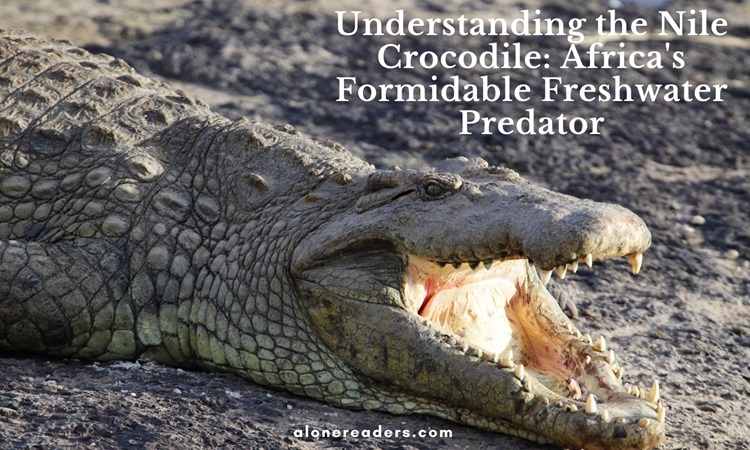
In the diverse and dynamic ecosystems of Africa, one predator reigns supreme in its freshwater habitats: the Nile crocodile. This formidable reptile is found in almost every major river across the continent and in many of its lakes. Not only is the Nile crocodile the largest freshwater predator in Africa, but it is also one of the continent's most aggressive and feared animals. Each year, it is estimated that Nile crocodiles are responsible for around 300 human fatalities, making them the crocodile species most involved in fatal attacks on humans.
The Nile crocodile, with its massive size and strength, is an apex predator in its environment. It can grow to lengths of up to 6 meters (20 feet), making it one of the largest crocodile species in the world. This size, combined with its powerful jaws and sharp teeth, allows the Nile crocodile to take down large prey with relative ease. Their diet is varied and includes fish, birds, and mammals - anything that comes within reach is potential prey.
One of the most chilling aspects of the Nile crocodile is its hunting technique. Known for their ambush strategy, these crocodiles will often lie motionless in the water, partially submerged and camouflaged, waiting for an unsuspecting animal to come close. Their attack is swift and brutal, often launching from the water to clamp their victim in their powerful jaws. Once they have a hold of their prey, they drag it back into the water. This method is not only effective in catching their prey off-guard but also in ensuring a quick kill, as most victims drown before they can be consumed.
The way Nile crocodiles handle their catch is particularly intriguing. After drowning their prey, they often stash it under submerged branches or rocks. This behavior is thought to help in breaking down the flesh, making it easier for the crocodile to eat later. It also serves as a way to hide their catch from other predators or scavengers.
Human interactions with Nile crocodiles are often tragic. Attacks usually occur in areas where people are in close proximity to riverbanks and lakeshores. Common scenarios include individuals washing clothes or bathing in the water, and fishermen getting in and out of their boats. These activities put people at risk as they often unknowingly enter into the crocodile's hunting grounds. The statistics are sobering: around 40% of crocodile attacks on humans are fatal. Children are particularly at risk due to their smaller size and the reduced ability to fight off an attacking crocodile.
The risk of attack from a Nile crocodile is not constant throughout the year. Studies have shown that attacks increase during the warmer seasons. This is likely due to the crocodiles being more active and having higher energy levels in warmer temperatures. During these times, they are more likely to hunt and interact aggressively with potential threats or prey, including humans.
Understanding the difference between crocodiles and alligators is crucial, especially in regions where both may be present. While they are similar in appearance, there are key differences. Crocodiles generally have a more V-shaped snout, while alligators have a wider, U-shaped snout. Also, when their mouths are closed, the teeth of a crocodile are still visible, unlike in alligators. These differences, while subtle, can be important in identifying these reptiles in their natural habitats.
The presence of the Nile crocodile in African rivers and lakes is a testament to the wild and untamed nature of the continent's ecosystems. Their role as apex predators is crucial in maintaining the balance in these environments. However, their aggressive nature and propensity for human attacks make them a species that must be respected and understood. Efforts to educate local populations about the dangers of Nile crocodiles and how to avoid potential attacks are essential in reducing the number of human fatalities.
In conclusion, the Nile crocodile is a remarkable creature, embodying the wild and primal nature of Africa's ecosystems. Its size, strength, and hunting prowess make it a respected and feared predator. While its interactions with humans are often dangerous, understanding and respecting this magnificent animal's behavior and habitat is key to coexisting with it. As we continue to explore and understand the complexities of the natural world, the Nile crocodile stands as a symbol of the power and mystery that still exists in the wild places of our planet.